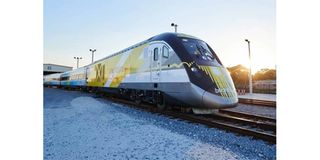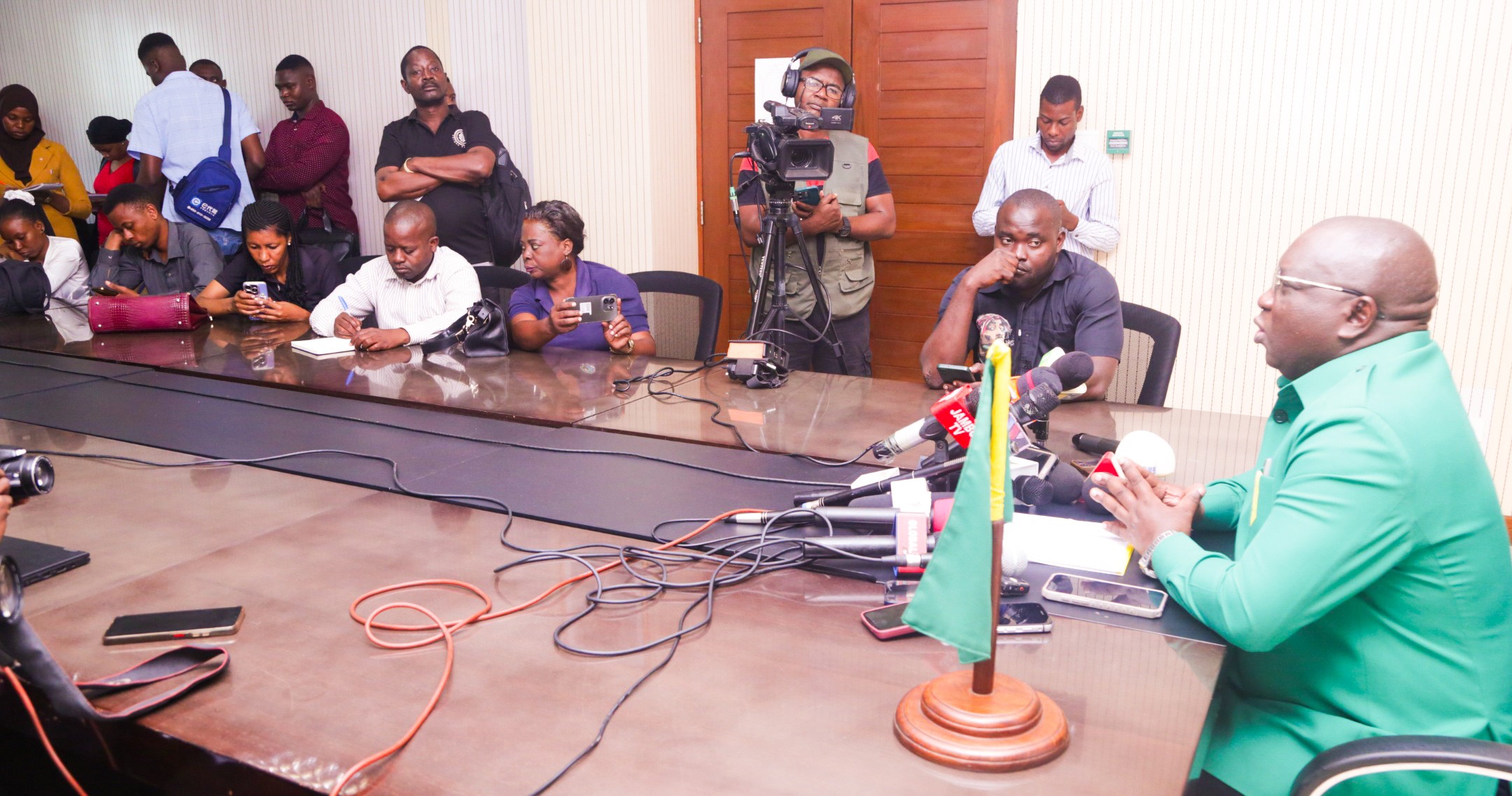The race to rail: Africa’s fastest trains

What you need to know:
- Ever since Abbas the First, opened Africa’s pioneering railway in Egypt in the 1850’s, the primary mission behind the continent’s railways has been clear - to stimulate trade
Nairobi. African governments are ramping up the development of railway infrastructure through multi-billion dollar deals and replacing fleets of outdated-diesel powered locomotives with electric ones in a race to place faster trains on its tracks.
Ever since Abbas the First, opened Africa’s pioneering railway in Egypt in the 1850’s, the primary mission behind the continent’s railways has been clear - to stimulate trade.
During the colonial era that trade became a flood as Africa commodities headed overseas at scale, their export organised and financed by extractive industries on railways that ran almost exclusively from mine to port. No wonder, perhaps, that those lines were left to crumble after the colonists had moved on.
Those that were left were usually still providing logistics for extractive industries, benefiting multinationals rather than colonial governments. There was very little incentive for governments to invest. Now, with inter-regional trade in Africa taking off and as governments see more and more opportunity to benefit from moving goods at scale within the continent - and people, too, that has changed.
Railways are now being seen as a key catalysts for intra-African regional trade and to more efficiently move large numbers of people between key cities. African governments at the national, state and city level are getting behind rail and even competing on the quality and speed of their networks. An ambitious multi-million US dollar African Union project christened the “African Integrated High-Speed Railway Network” (AIHSRN) is adding impetus to the rollout of high speed trains.
This is what the “race for rail” looks now:
Nigeria’s Red trains.
The acquisition of two high speed trains capable of some 330 km per hour, by Lagos State for its Red Line metro project, a 37-kilometre intracity railway system, makes them the fastest in the region.
The project is expected to begin commercial operations in the last quarter of 2022 or early 2023. On a global scale the trains would rank third in the world for speed, tied with Germany’s world-famous InterCity Express train, “White Worm”. AI Boraq, Morocco
Morocco inaugurated its first high-speed train in November 2018, with the unveiling of the continent’s first bullet train, AI Boraq. The train has a top speed of up to 320 km per hour.
According to the Kingdom of Morocco, it has reduced travel time to 50 minutes from slightly over 3 hours and has seen growth in the number of passengers to 3 million. This year the project is expected to start running on green energy.
Suez canal on rails, Egypt
Egypt is redefining rail transport with a 4.45 billion US dollar deal with Siemens Mobility, signed in September 2021 to build its fastest electric rail line yet. Trains with a top speed of 250 km per hour will ply the 1,800 km-long rail line linking its Red Sea and the Mediterranean, starting in 2023. It will also replace the 100km per hour Cairo Metro trains.
Regional Express Train (RET), Senegal
This 1.3 billion dollar project was launched in late December, 2021 to limit massive traffic jams in the West African country’s metropolis. The trains will run at 160 km per hour as part of a flagship project, “emerging Senegal in 2035”.
Coradia Polyvalent trains, Algeria
These trains, launched in March 2018, have a maximum operational speed of 160 km per hour. They are considered low-cost and low-maintenance trains.
Bullet train, Tanzania
Tanzania is introducing 160 km per hour trains which will be the fastest in East Africa by 2024. South Korea-based company Hyundai Rotem is currently developing a 546 km, high-speed electric line. In March 2021, Tanzania started testing the electricity systems for the new standard-gauge railway.
Gautrain, South Africa
Until plans materials for the introduction of another high speed train by 2025, the Gautrain remains South Africa’s fastest train, with a maximum speed of 160 km per hour. It began operating in June 2012 on an 80-kilometre commuter rail system linking Johannesburg, Pretoria, Ekurhuleni and Tambo International Airport.
Djibouti train, Ethiopia
The modern 753 km electrified single-track standard gauge railway line between Ethiopia and the port of Djibouti supports trains with a maximum speed of 160 km per hour.
The line has significantly reduced travel times to 12 hours from up to 3 days.
Passenger services were formally inaugurated in October 2016 but commercial services only commenced in January 2018.
SNCFT train, Tunisia
In Tunisia, SNCFT trains began operations in December 2012, on a 471 km stretch, at a maximum speed of 120 km per hour. There are plans for high speed, cross-border trains between Tunisia and Libya on an electrified, double track line that will boost current speeds to 250 km per hour.
Madaraka Express, Kenya
Kenya’s first standard-gauge line began operations in May 31st, 2017. Until the the country had relied on a colonial-era meter-gauge railway. Trains christened the Madaraka Express operate at a maximum speed of 120 km per hour, limited by the speed of their diesel locomotives. The line carries people and freight. The 482 km line between Nairobi and Mombasa may see higher speeds once the line is electrified.





